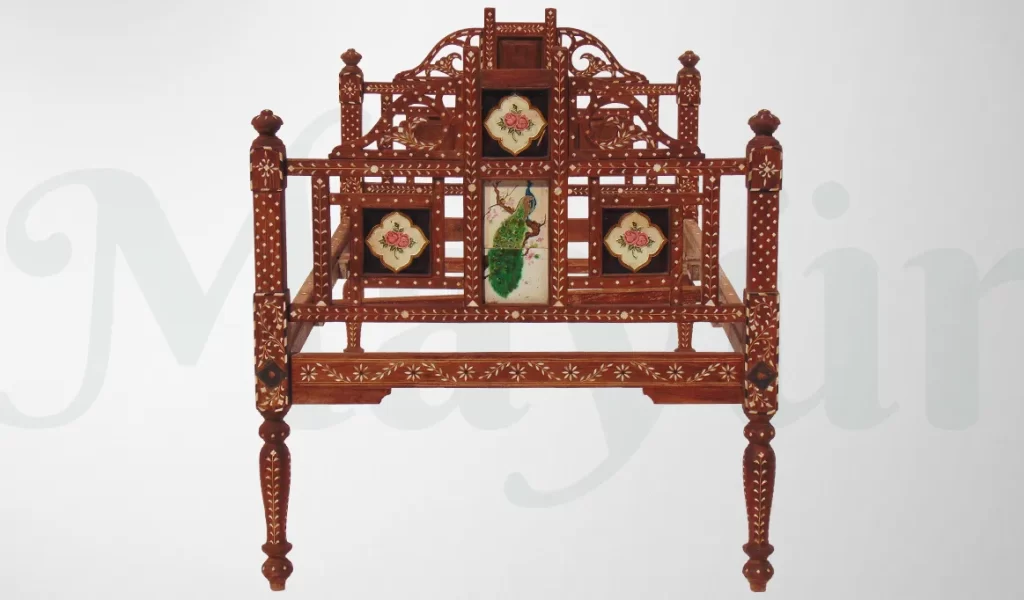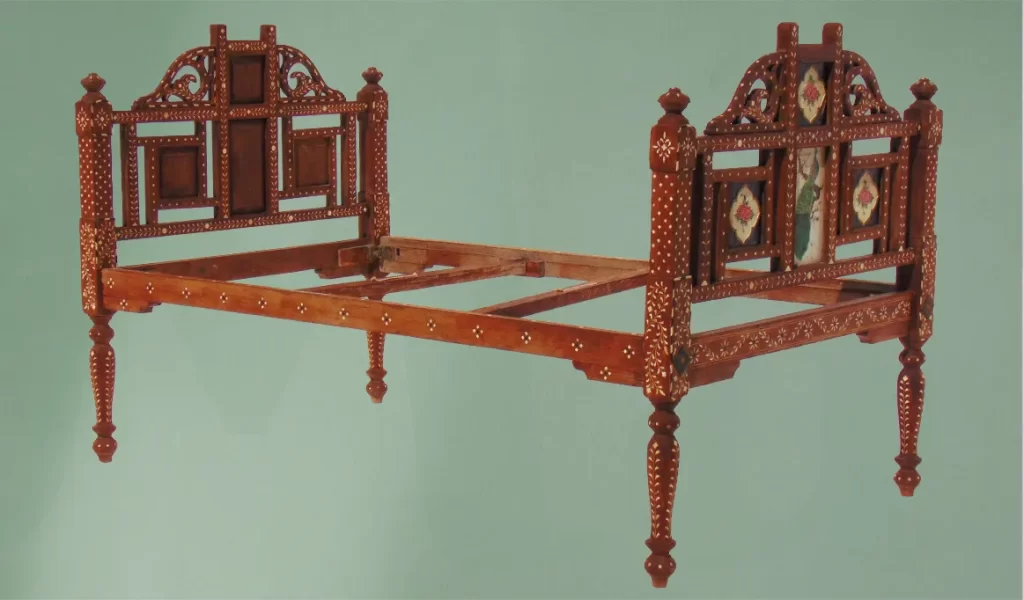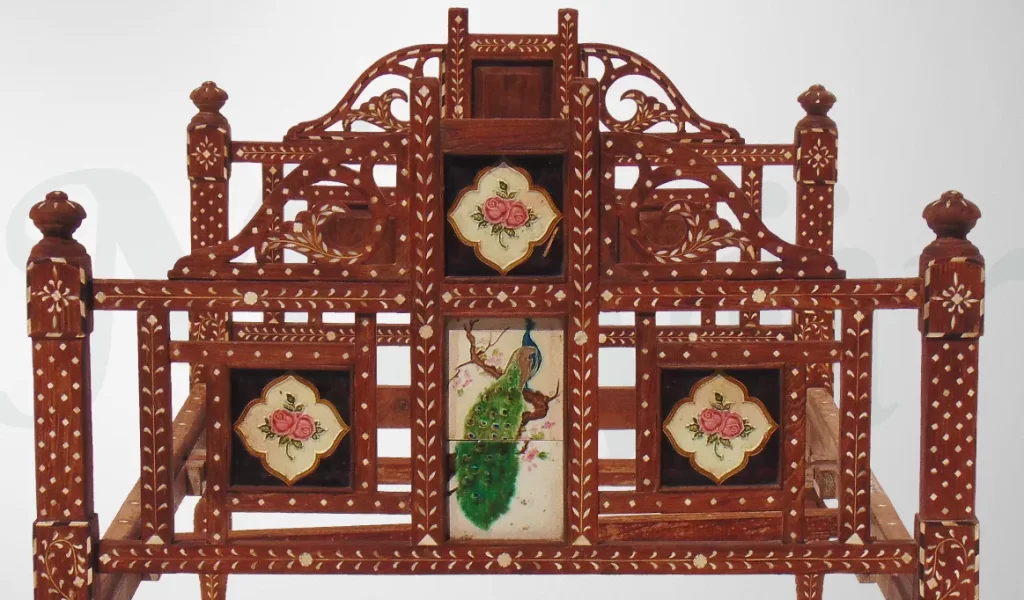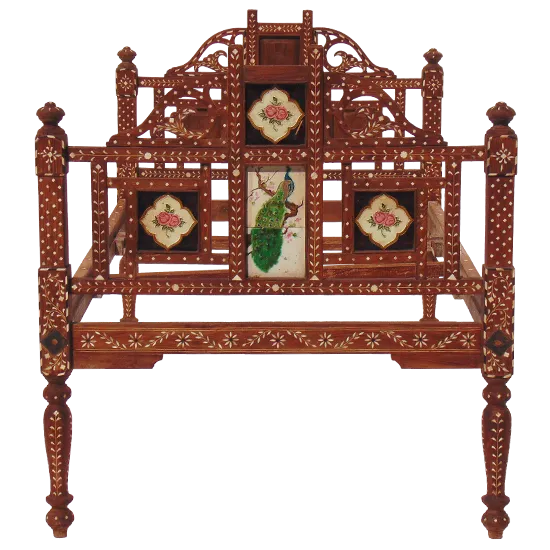
Rare Indo-Portuguese teak bed frame
For the English market with floral design in bone inlay and extremely rare painted panels picturing rose flowers and a peacock. The Indian peacock (मयूर Mayūra in Sanskrit) is traditionally an enemy of poisonous creatures, such as the snake and scorpion. The beautiful colors and train plumage of the peacock represents the transmutation of these poisons into the nectar of wisdom or accomplishment. The electric blue of its neck feathers also forms an affinity with a legend of Shiva, when in order to save the world Shiva drank the deadly kalakuta poison that arose from the churning of the cosmic ocean. This poison lodged in Shiva’s throat and turned it blue, and in this aspect he is known as Nilakantha, the ‘Blue-throat-ed One’. In the Hindu tradition the peacock is the vehicle of the war God Skanda, who is also known as Kartikeya or Kumara. In Buddhism the peacock is the vehicle of Amitabha, the red Buddha of the west, whose peacock throne was once the symbol of the Indian Maurya dynasty and the great Buddhist emperor Ashoka, who ruled from 272-232 BCE.
The peacock throne was plundered from India in 1739 CE, and
finally became a symbol of the Shah of Persia.
The peacock is also associated with the sun, as its plaintive cry announces the dawn (reason why this auspicious symbol might be represented in this bed frame); and when it proudly spreads its plumage for mating, this heralds the onset of the monsoon season.
As a symbol of light the form of a peacock is often modeled into the bronze oil-lamps (Skt. mayura-dipa) that illuminate Indian and Nepali temples.
Additional information
| Region | Goa State, Western India |
|---|---|
| Century | XX Century |
You may also like ..
Related products
-
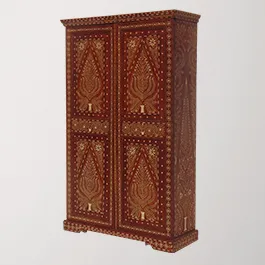
Extraordinary Indo-Portuguese teak wardrobe
$7,000.00 -

Indo-Portuguese teak desk
$2,200.00 -
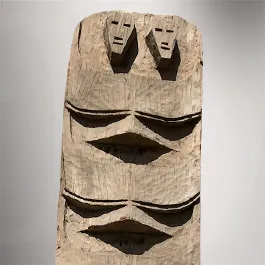
Naga monolithic totem
$8,500.00 -
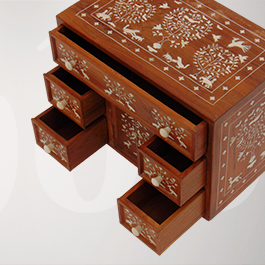
Indo-Portuguese teak box with drawers in bone inlay
$1,750.00 -
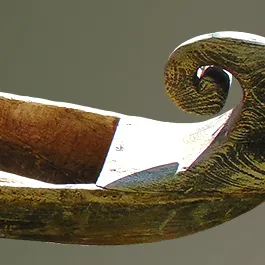
Chundan Vallam
$5,500.00 -
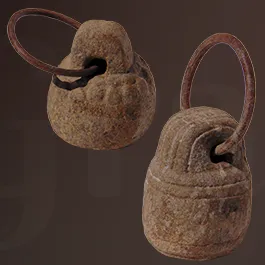
Beautiful Monolithic Granite Doorstops
$175.00 -

Important Indo-Portuguese teak bed frame
$2,200.00 -
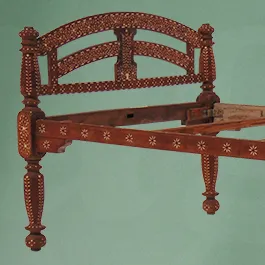
Rare Indo-Portuguese teak bed frame
$2,200.00
